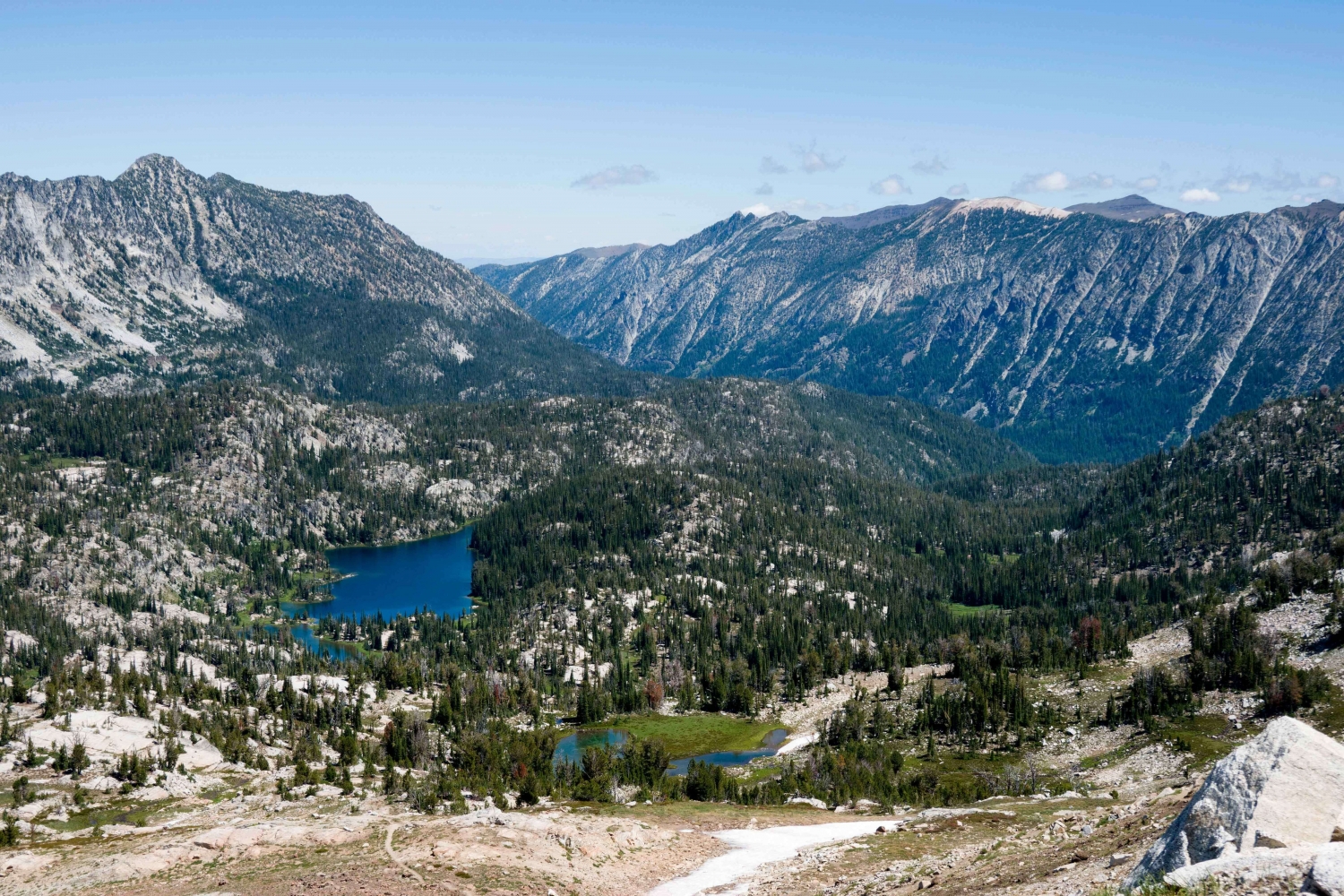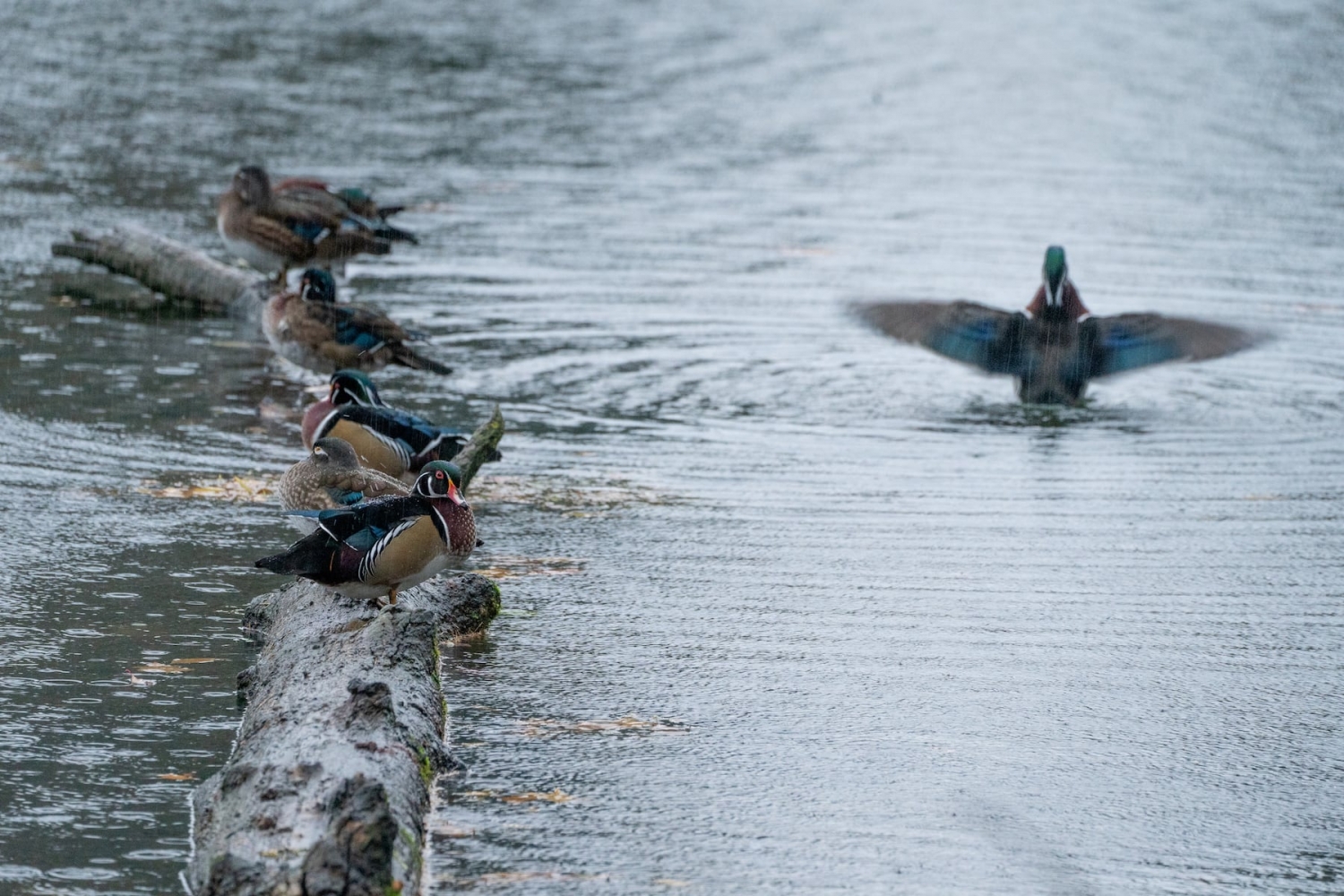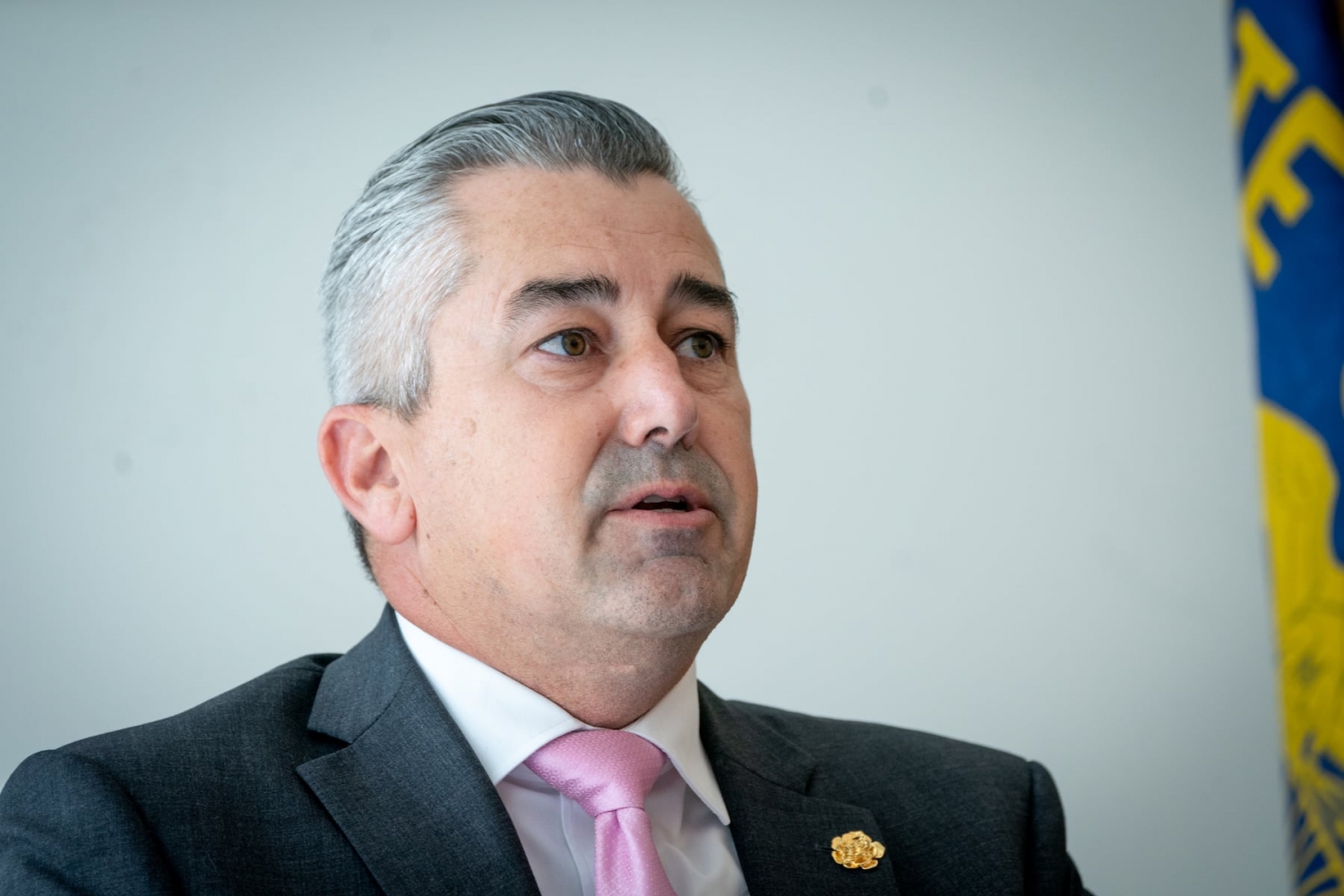

Published on: 10/04/2025
This news was posted by Oregon Today News
Description

For more than 15 years, Oregonians have butted heads over what to do with the Blue Mountains.
Now, many are holding out hope that they can come up with a general agreement over logging, grazing, mining and conservation across nearly 5 million acres of this highly diverse ecoregion in Northeast Oregon.
People have until Monday to weigh in on the draft preliminary land management plan for the Malheur, Umatilla and Wallowa-Whitman national forests, collectively known as the Blue Mountains, or more succinctly, “the Blues.”
The plan will ultimately determine how the federal government will balance ecological health, recreation, and timber and ranching industries in the Blue Mountains over the next 15 years.
That’s if the U.S. Forest Service can finalize a plan following an ongoing federal shutdown and dramatic staffing cuts imposed by the Trump administration.
Forest Service to kick off Eastern Oregon Blue Mountains revision with public meetings next year
The agency has already failed twice to finalize a plan, having rescinded previous proposals in 2015 and 2019 due to widespread criticism, leaving these forests operating under decades-old, expired plans.
“This is a big plan that is very important, and there’s so many people with a stake in it,” said Alyssa Cudmore, senior forest program manager at Wallowa Resources, a nonprofit that works with local businesses and landowners. “Anytime you have a problem that’s that big and wicked, it’s really hard to find that middle ground.”
As it stands now, this draft preliminary proposal is a general framework with few hard stipulations. The Forest Service will include more details in a future document called a draft environmental impact statement.
People will likely be able to review and comment on that document, unless President Donald Trump continues to shrink the public’s ability to engage in policymaking.
The Blue Mountains region got its name in the early 19th century, when thousands of white settlers traveled through its deep desert canyons, dense forests and vast grasslands, taking note of the distant mountains cast in a strange, bluish haze.
US Forest Service restarts discussions on Blue Mountains Forest Plan
The Cayuse, Umatilla and Nez Perce tribes had been setting fires to these lands for a millennia, using widespread burning to clear underbrush and grow food. Lightning-caused wildfires also burned freely, allowing forests and grasslands to regenerate naturally.
That changed over the following two centuries. Entire towns would grow around timber and ranching industries. Roads would cut through landscapes. Governments would ban tribal burns and put out wildfires quickly and aggressively. Humans would invent cars and planes and plastics, releasing emissions that would make the Blue Mountains hotter and drier — and more prone to extreme wildfires.
The landscape would change, and so would the ways that humans interacted with it.

The complications of the Blues
The Forest Service rescinded its last attempt at a Blue Mountains forest plan in 2019. That proposal was widely criticized for being overly prescriptive and complicated.
“It was so confusing to interpret that nobody was happy with it,” said Jamie Dawson, conservation director at the nonprofit Greater Hells Canyon Council. “Motorized access groups were not happy with it. Conservation groups were not happy with it. County commissioners were not happy with it.”
With this new proposal, Dawson said it appears the Forest Service has swung in the opposite direction.
“Now it seems like the Forest Service is being so conflict-avoidant that they’ve created this plan that is so watered down that it’s not going to solve any problems,” Dawson said. “It’s just going to leave us in a worse-off situation.”
That sentiment seems to be shared by multiple people, including Don George, president of Forest Access For All, a group that advocates for increased motorized access on public lands.
“They’ve tried so hard to get a forest plan that they can get put in place that they’ve gotten too vague,” George said. “And so now it’s too generic, too broad, and I don’t know that it’s going to be as effective as it needs to be.”
The big difference between this proposal and past iterations is a change in language, said John Persell, senior staff attorney at the environmental nonprofit Oregon Wild.

“All of the ‘shalls’ or ‘must’ language is gone,” Persell said. “They’re switching to a guideline model with ‘shoulds,’ and aspirational encouragement around protecting large, old trees. There’s no guarantees that the large old trees will be protected under this plan.”
Staff with the Forest Service didn’t respond to a request for comment. Many of them are furloughed during the federal government shutdown.
The Forest Service is still early in the process of finalizing the Blue Mountains Forest Plan. A draft environmental impact statement, expected within a year, will outline potential plan options and how each will impact the environment.
News Source : https://www.opb.org/article/2025/10/04/blue-mountains-big-changes/
Other Related News
10/04/2025
The Trump administration is pointing to renewed unrest in Chicago and Portland Oregon to j...
10/04/2025
Photographer KB Dixon continues his series of cultural profiles with portraits of best-sel...
10/04/2025
A state board dropped nearly 100 derogatory terms from maps this year Central Oregons Chin...
10/04/2025
Whether youre heading out to the Portland Greek Festival or getting your garden in shape f...
10/04/2025









